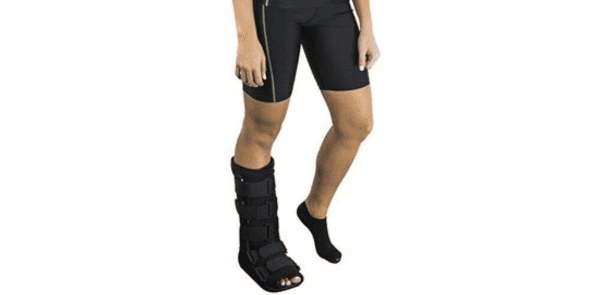If you’ve found yourself needing a walking brace to aid in recovery or mobility, you’re not alone. Learning to use a walking brace correctly is crucial for your comfort and progress. In this article, we’ll provide you with steps and tips to ensure that you walk with confidence and ease. Whether you’re a first-time user or looking to refine your technique, this guide has you covered!
Legs Braces for Walking Explained
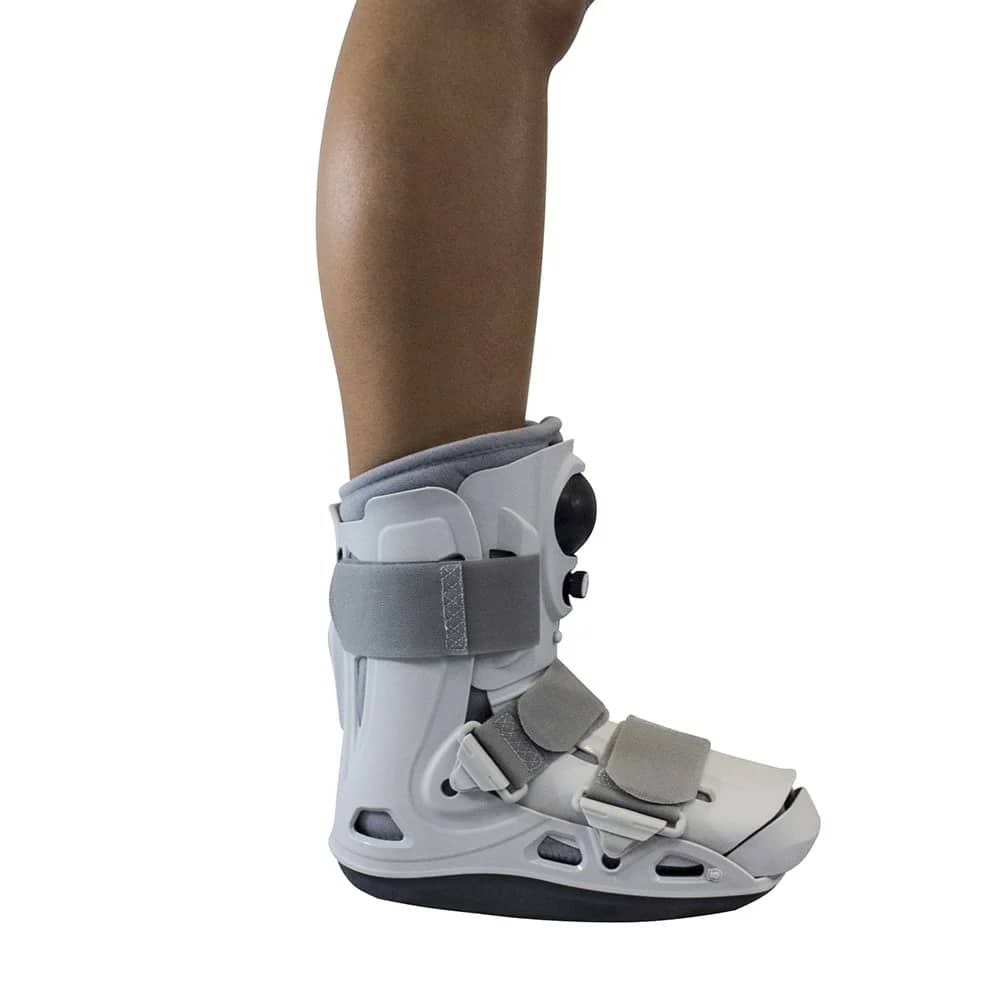
A walking brace is a medical device designed to immobilise and support a specific area of the lower leg. This includes the ankle, knee, or foot. It promotes healing and stability after an injury, surgery, or chronic conditions.
This foot support for walking comes in various types tailored to different needs. An ankle foot brace offers support and protection for ankle sprains or fractures. Meanwhile, a knee brace provides stability for knee injuries like ligament tears. Finally, a foot brace is designed for conditions like plantar fasciitis.
Consult a healthcare professional to determine the right type of support brace for your specific condition. A well-fitted walking brace ensures proper fitting and optimal functionality. It can also significantly aid your recovery and improve your mobility.
Preparing to Use a Walking Brace
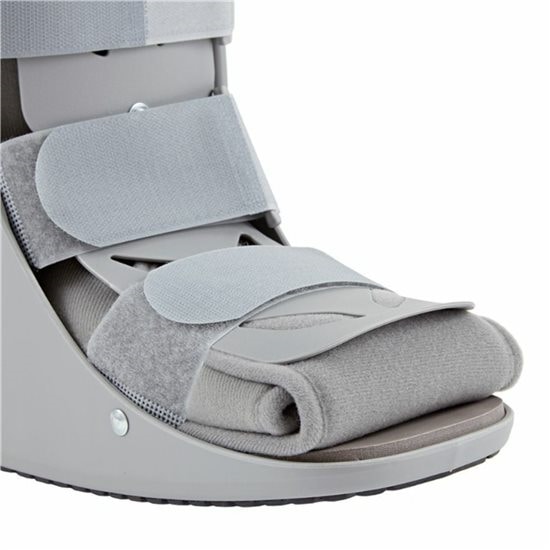
Before donning your walker brace, thorough preparation is paramount. This step ensures both comfort and effectiveness in your recovery journey.
First, prepare the affected limb by gently cleaning and drying it. Otherwise, this can encourage moisture, which can lead to skin irritation. Next, consider wearing appropriate clothing, such as loose-fitting garments. Such options can comfortably accommodate the brace without causing friction or discomfort.
Footwear also plays a crucial role. Opt for sturdy, supportive shoes with a flat sole that can accommodate the brace’s bulk. Avoid sandals or open-toed shoes, as they may compromise stability
Depending on your condition and the healthcare professional’s recommendation. Additional aids, e.g., a walker, may be ideal for maintaining balance and reducing strain. But this can depend on your condition and the healthcare professional’s recommendation.
Putting on the Brace
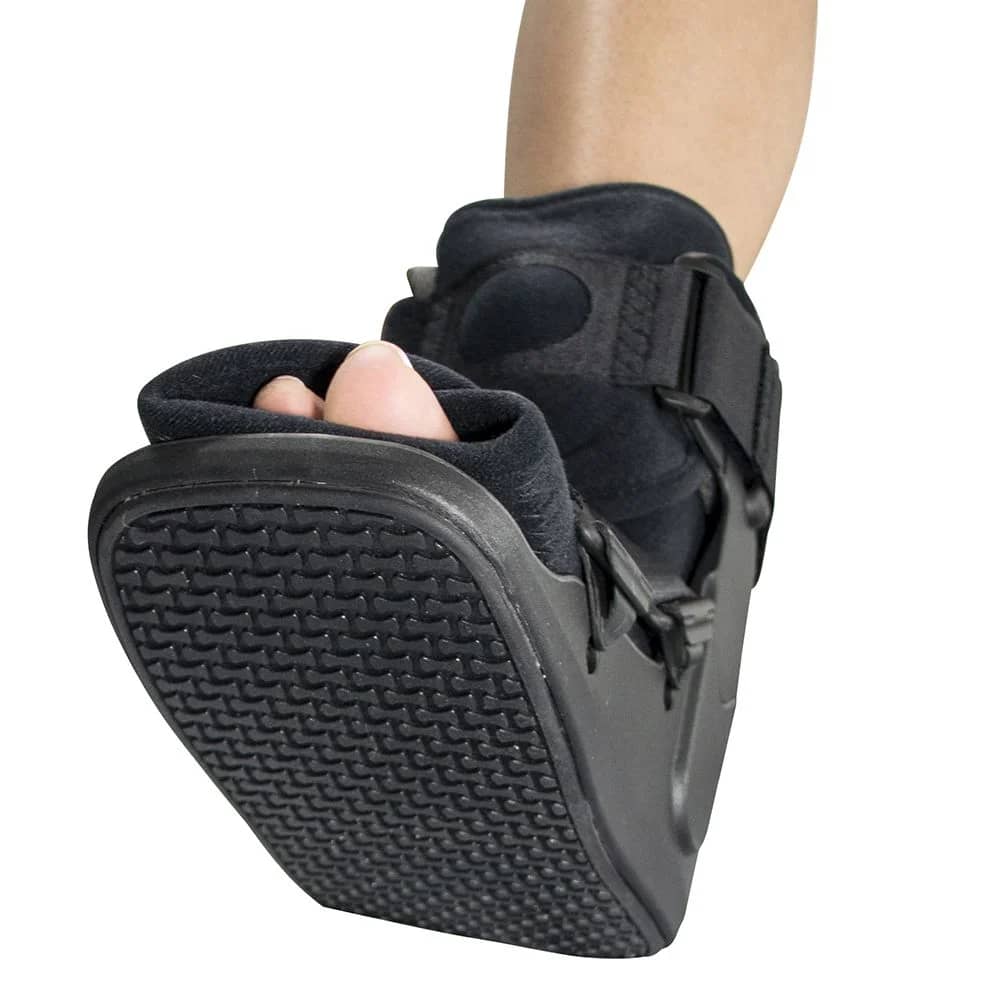
Putting on a walking brace correctly is essential for your comfort and recovery:
- Begin by loosening all the straps and fasteners to create ample space.
- Gently slide your foot or affected limb into the brace, ensuring it’s snug but not too tight.
- Starting from the bottom, fasten the straps or closures, working your way up. Ensure each strap is snug but does not constrict blood flow.
- Pay special attention to the foot walker brace’s alignment. It should match your natural walking posture.
- Check for any uncomfortable pressure points or rubbing areas. Make adjustments as needed.
- Walk a few steps to ensure comfort and stability.
Remember, maintaining comfort is vital. If you experience any discomfort, consult your healthcare professional. They can provide adjustments or modifications to ensure a secure yet comfortable fit.
Learning to Walk with the Brace
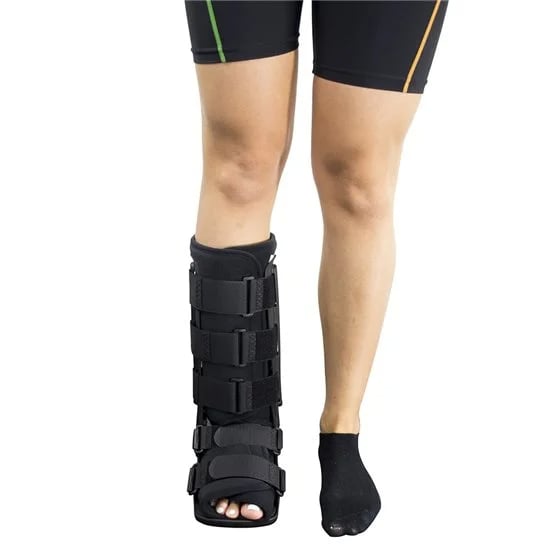
Walking with a foot boot brace can present initial challenges. However, with the right approach, these hurdles can be overcome.
Challenges
You may experience discomfort or stiffness due to the added weight of the brace. Balance and stability may be compromised, leading to a fear of falling.
Tips for balance and stability
To address these issues, focus on maintaining proper posture. Keep your body weight centred over the brace. Use assistive devices like crutches or canes if recommended. Engage your core muscles for better balance and take slow, deliberate steps.
Importance of gradual mobility
Taking small, controlled steps is key. Avoid rushing and allow your body to adapt to the brace’s support. Gradually increase mobility as your confidence and strength improve. Consult your healthcare provider for a tailored rehabilitation plan. Their professional guidance ensures a safe and successful recovery.
Proper Walking Technique
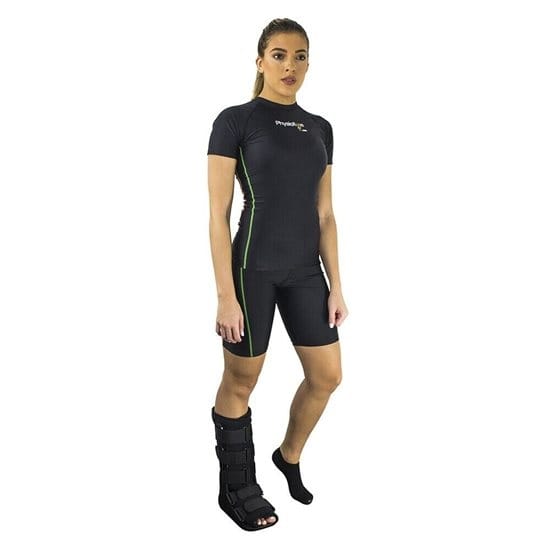
To ensure proper posture while using a brace, stand or walk with your shoulders back and head held high. Distribute your weight evenly between both legs. Ensure to keep the affected limb in line with the brace. Avoid slouching or leaning to one side.
If your healthcare professional recommends crutches or canes, embrace them. These aids provide added stability and reduce strain on your injured limb. Overall, it enhances overall balance and mobility.
Minimise stress by taking shorter steps and avoiding sudden movements. Lean on assistive devices when necessary. Most importantly, prioritise rest to allow for proper healing. Always follow your healthcare provider for specific techniques tailored to your condition.
Key Takeaways
- Properly using a walking brace is crucial for recovery and mobility.
- Select the right brace for your condition with professional guidance.
- Prepare by wearing appropriate clothing and footwear.
- Follow a step-by-step guide for the correct brace application.
- Focus on balance, stability, and gradual mobility.
- Maintain good posture and use assistive devices if recommended. Reduce stress on the injured area.
Approach walking with a walking brace with confidence and determination. Remember, proper use will lead you toward a smoother path to recovery. Always consult a healthcare professional for personalised advice!
Explore Physioroom for a range of support braces, including ankle supports for walking. Here’s what’s up next: What Is a Patella Stabiliser?


